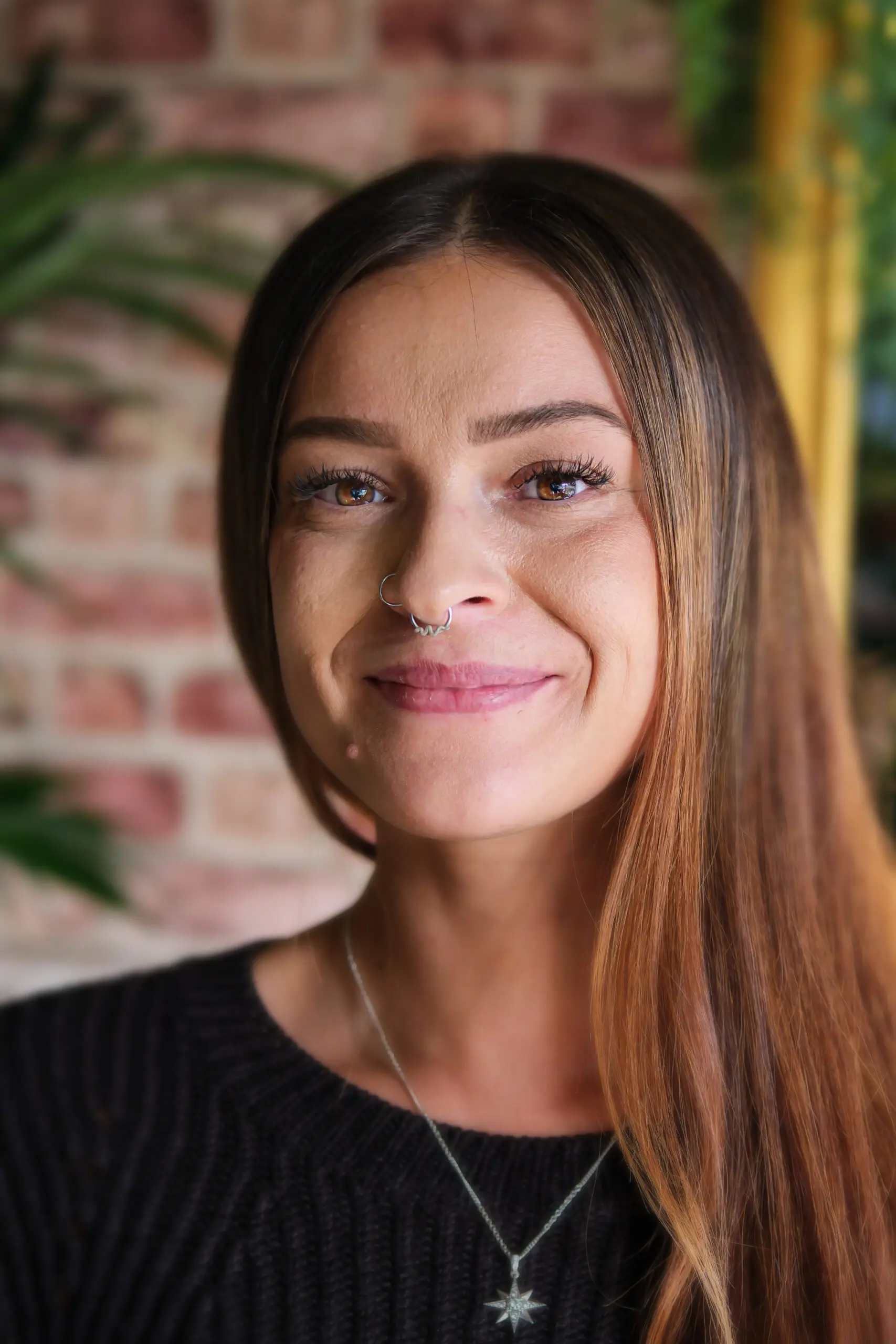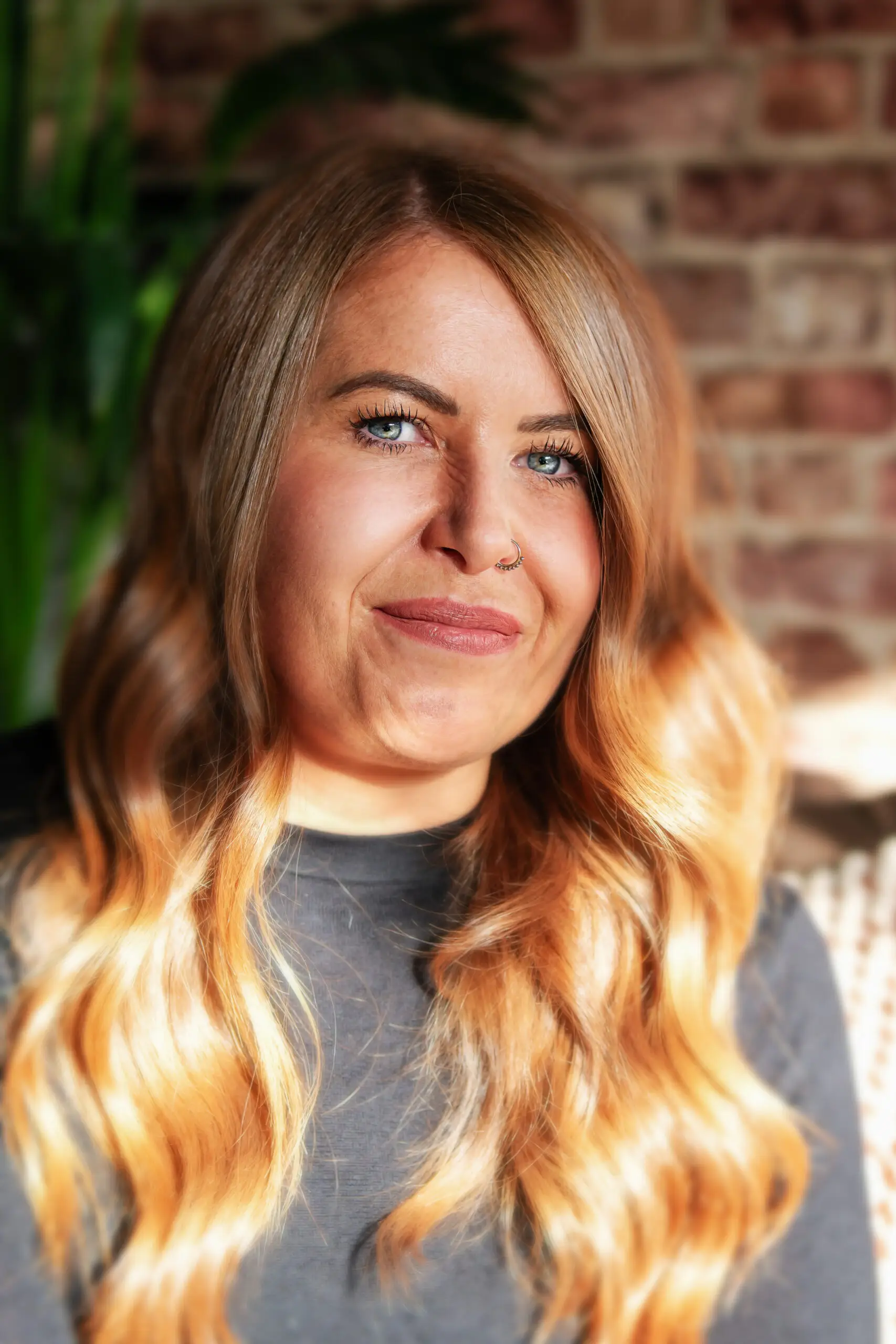I volunteer with my dog Ruby through Pets As Therapy – an Oxfordshire-based charity that places animals and their handlers in settings where a calm presence and a wagging tail can make a difference. Every Thursday afternoon during term time, Ruby and I visit Steeple Claydon School in Buckinghamshire. We pop in for parents’ evenings, sports days, special events – anywhere we’re needed really. The school recently asked if I’d consider increasing to two sessions a week. It’s a lovely thought – they see the impact, and so do I.
On alternate Thursdays, we visit Lace Hill Manor Care Home. I share this placement with another dog, a bigger one – which helps make sure all the residents’ preferences are met. Some love Ruby’s gentle, smaller frame. Others want something sturdier to cuddle. We also attend the odd social event there, when invited. And, although we don’t go weekly anymore due to the distance, Ruby sometimes visits Opal Ward at The Whiteleaf Centre in Aylesbury – where our journey first began.
You see, Ruby isn’t just a therapy dog. She’s the reason I’m still here.
Back in 2017, I was 53 – a wife, a mum of three – and I found myself in the grip of anorexia and other mental health issues. I’d lost my beloved job as a nursery teacher and, with it, I lost myself. Ruby arrived in our lives as a ten-week-old pup. The idea was that she’d distract me during recovery. Keep me company. Give me a reason to get up in the morning. And she did. Beautifully.
But things got worse before they got better. A few months later, I was admitted as an inpatient. Ruby went to live with my sister, who brought her to visit me in hospital every day. I honestly think those months shaped Ruby into the dog she is now. She just… gets people. She senses when someone needs comfort. She makes people smile – and she eases anxiety without needing to be told.
That’s when we knew: she was meant to be a therapy dog.
In June 2018, aged just nine months, Ruby was assessed for Pets As Therapy. The assessor warned me that most dogs don’t pass at that age – they’re not usually mature enough. But Ruby was ready. She passed with flying colours.
And so began our shared mission: to give back. To use everything we’d both been through – her early hospital visits, my mental health journey – and turn it into something positive. We started working in NHS wards, then schools, and now in care homes too. Ruby’s become a regular face at The Whiteleaf Centre – the very place I was once a patient. She’s adored by the staff and service users alike.
My sister Jane now volunteers with me. She still takes Ruby to Opal Ward and works there as a Peer Support Worker. We’re a bit of a family unit, really – sharing not just our story but our time, our experiences, our dog.
Ruby gave me my voice back. She gave me purpose. And since being diagnosed with autism as an adult, she also helps calm my anxiety in everyday life. Without her, I wouldn’t be doing this. I wouldn’t be out in the world again. She’s more than just special. She’s vital.
Since we began volunteering in 2018 (lockdown aside), we’ve worked in all sorts of places:
- Opal Ward at The Whiteleaf Centre
- Recovery College in Aylesbury
- Royal Latin School, Buckingham
- Bright Futures, supported living
- Lace Hill Academy
- Lace Hill Manor Care Home
- Steeple Claydon Primary School
I may not be able to work anymore in a paid capacity, but volunteering has given me back a sense of usefulness, of routine, of identity. I need to stay active for my own mental health, and this work gives me joy. Real joy. Watching Ruby light up a room is something I’ll never tire of.
Pets As Therapy are a brilliant charity. They truly care about both the animals and the humans involved. I feel valued by them, by the schools, the care home staff, the residents, the parents, the teachers… all of them. Volunteering has restored that sense of professional worth that I lost when I had to leave teaching.
And it’s growing. As I’ve stepped back from other things, I’ve had more time to give – and when you see the impact Ruby has, especially with children who have additional needs or older people facing isolation, how can you not want to give more?
One moment in particular will stay with me forever.
This year, Ruby and I were working with a Year 6 student, AT. He hasn’t got a formal diagnosis, but there’s clearly a significant global developmental delay. My background – as a SENCO, a teacher, a SEND tutor, and a respite foster carer – means I could quickly see what he needed.
For weeks, he joined in with the Read2Dog sessions but wouldn’t speak, let alone read. His reading was around Year 1 level, and in front of peers, his confidence was rock bottom. But slowly, through Ruby, a connection formed. One day, I gently encouraged him to try reading. I offered to help him sound out the tricky words. And to everyone’s shock – including his own – he read a page and a half of Diary of a Wimpy Kid.
The room went quiet. He looked stunned. His friends looked stunned. I nearly cried. And when I told his teacher, she did cry. Proper tears.
We continued working with AT in other ways – he’s great with practical skills and really bonded with Ruby. When the school term ended, I made sure to have a chat with his mum at sports day. I wanted her to know just how proud we were of him. She was beaming. And that, to me, is everything.
Volunteering has helped me connect with my community in ways I never thought possible. I choose placements carefully – places that match my values, where Ruby and I feel appreciated. As a late-diagnosed autistic adult, that matters. These spaces give me safe, meaningful social interactions, and they’ve helped me grow. I no longer hide who I am.
That confidence has spilled into other parts of my life. I’ve started working with the NHS as an Expert by Experience – tutoring and advising based on both my personal journey and my professional background (I was also a police officer for 20 years before teaching). I even went to the High Sheriff’s garden party and talked about the work Ruby and I do. That would’ve felt impossible not long ago.
Of course, there are challenges. Mostly it’s learning to pace myself – and Ruby – so we don’t overdo it. She’d happily work every day if I let her. But she’s eight now, and one day she’ll need to retire. That thought makes my heart ache. Between 12 and 14 is likely. Until then, we’ll keep doing what we do.
There have also been safeguarding situations – three in fact – and they’ve been tough. But thanks to my previous roles, I knew how to handle them and follow through. The charity was incredibly supportive throughout.
The best part? Easy. It’s the joy Ruby brings. To children. To residents. To staff. To me.
Volunteering has given me back focus, purpose, community. It’s helped me embrace my diagnosis, reframe my story, and share it openly. I’ve learnt more about dog behaviour, safeguarding, communication, and presentation skills than I ever expected. I’ve built PowerPoints, written case studies, and spoken at events – all because of one small pup who showed up when I needed her most.
I have no plans to stop. I’ve got plenty left to give – and so does Ruby.
If you’re thinking about volunteering, just try it. Honestly. You’ve got nothing to lose… and everything to gain.

